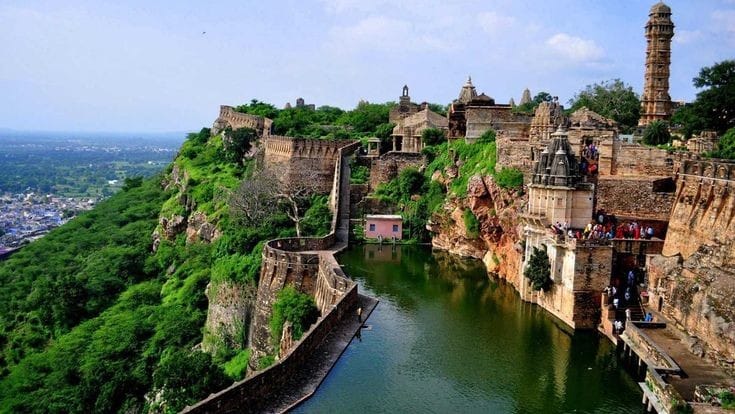Tourism is an important sector of the Indian economy, contributing significantly to GDP and employment. India is a country with diverse cultures, landscapes, and attractions, making it a popular destination for both domestic and international tourists. From historic monuments to scenic natural beauty, India offers a wealth of experiences for visitors to explore.
One of the most popular attractions for tourists in India is the Golden Triangle, which includes the cities of Delhi, Agra, and Jaipur. The Golden Triangle is a popular route for tourists, as it includes several iconic landmarks such as the Taj Mahal, the Red Fort, and the Hawa Mahal. Delhi, the capital city of India, offers a blend of historic landmarks and modern amenities, while Agra is home to the iconic Taj Mahal, one of the Seven Wonders of the World. Jaipur, also known as the Pink City, is a city of forts, palaces, and colorful bazaars.
Another popular destination for tourists in India is Goa, a coastal state known for its beaches, nightlife, and Portuguese-influenced architecture. Goa attracts tourists from all over the world, particularly during the winter months, when the weather is mild and the beaches are at their best. The state also offers a vibrant nightlife scene, with several clubs and bars catering to both locals and tourists.
India is also home to several national parks and wildlife sanctuaries, which offer visitors a chance to experience the country’s rich biodiversity. Some of the most popular national parks include the Jim Corbett National Park, the Sundarbans National Park, and the Kanha National Park. These parks are home to a variety of wildlife, including tigers, elephants, rhinos, and crocodiles.
The cultural diversity of India is also a major attraction for tourists. From the colorful festivals of Holi and Diwali to the classical dance forms of Bharatanatyam and Kathak, India offers a wealth of cultural experiences for visitors to explore. The state of Rajasthan is particularly known for its cultural heritage, with several historic forts and palaces showcasing the grandeur of the Rajput era.
However, tourism in India also faces several challenges. One of the main challenges is infrastructure, particularly in rural areas. While major cities and tourist destinations have well-developed infrastructure, rural areas often lack basic amenities such as reliable transport, accommodation, and sanitation facilities. This limits the potential for tourism development in these areas.
Another challenge facing tourism in India is safety and security. While India is generally a safe country for tourists, there have been incidents of theft, harassment, and violence against tourists in the past. This can deter potential visitors from choosing India as a destination.
In conclusion, tourism is an important sector of the Indian economy, offering visitors a chance to experience the country’s diverse cultures, landscapes, and attractions. While India has several popular tourist destinations, the sector also faces several challenges such as infrastructure and safety concerns. However, with the right policies and investments, India has the potential to become a leading destination for tourism, attracting millions of visitors from around the world.










